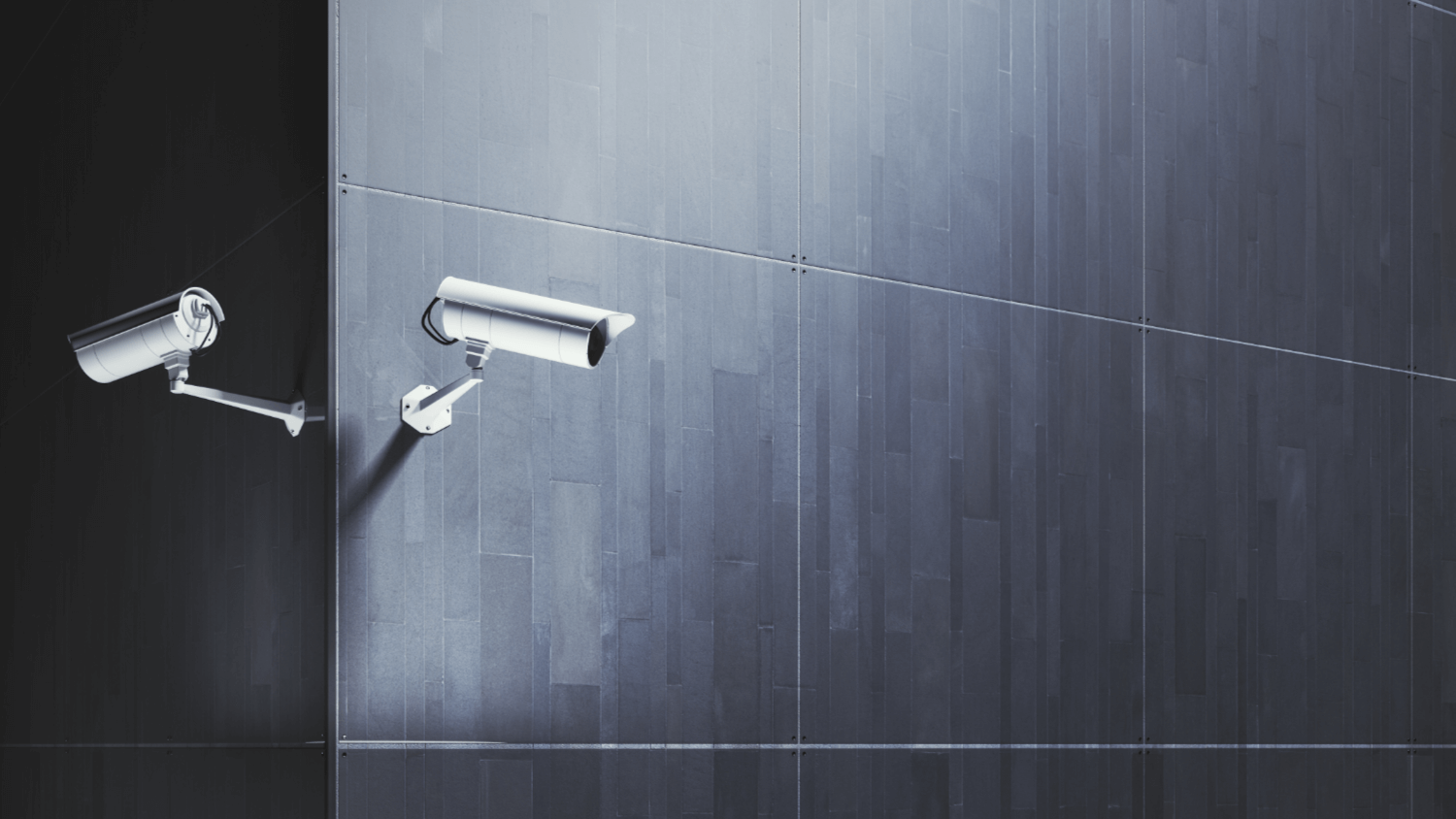In United States v. Moore-Bush, the First Circuit recently reversed a Massachusetts District Court decision finding that the Fourth Amendment prohibited sustained video surveillance conducted using a pole-mounted camera in a public space. The Court held that the district court misapplied the Supreme Court’s decision in Carpenter v. United States, First Circuit precedent, and the Fourth Amendment in suppressing evidence obtained from the camera. The decision held that the “public view” doctrine permitted a pole mounted camera in public space, and the case was distinguishable from Carpenter, because it was a “conventional” search and did not involve an extended period of tracking across locations. As a result, the Court reaffirmed the use of common surveillance techniques using public cameras.
The ATF was investigating Moore-Bush for the unlicensed sale of firearms. After gathering some evidence against Moore-Bush, the government, without first obtaining a warrant, installed a camera on a utility pole across from her home. The camera remained on the pole, recording a portion of Moore-Bush’s home, garage, driveway, and part of the public street for approximately eight months. The camera did not record anything that officers, who were also performing in-person surveillance, could not see from their vantage points on the street. It did not capture audio, or anything going on inside her home. Officers reviewed the video, using it as direct evidence and as a basis to obtain search warrants.
Eventually Moore-Bush was arrested and moved to suppress the pole camera video and fruits of that evidence. The district court suppressed the evidence, holding that the government’s continuous use of a surveillance camera outside a suspect’s home constituted an unreasonable “search.” The district court found that this type of warrantless surveillance violated an individual’s reasonable expectation of privacy in their movements to and from their home. The Court reasoned, in part, that persons who live in quiet suburban neighborhoods have greater privacy interests than persons who live in other neighborhoods.
The government appealed, and the First Circuit reversed, concluding that the lower court misinterpreted the limits of the Supreme Court’s ruling in Carpenter and ignored long-standing principles of Fourth Amendment interpretation. The First Circuit distinguished Carpenter by noting the differences in technology and Fourth Amendment exceptions at issue. In Carpenter, the First Circuit reasoned, the Supreme Court was concerned with newer technology used to track cell phone location data across locations. Pole cameras, on the other hand, were frequently used conventional surveillance techniques that did not result in extensive location tracking. Along with being a conventional technique, the Court also noted that this case implicated the public view doctrine rather than the third party doctrine analyzed in Carpenter. The third party doctrine states that there is no legitimate expectation of privacy in voluntarily shared information turned over to third parties. The Carpenter Court focused on the location technology’s ability to track an individual’s movements, which “provide[d] an intimate window into a person’s life” because it’s a “record of the holder’s whereabouts.” In contrast, the First Circuit asserted that public surveillance cameras do not create the same concerns posed in Carpenter and thus only implicated the separate public view doctrine. The First Circuit concluded that given the disputed surveillance covered activities directly outside the suspect’s home, in public view, the government did not need a warrant and there was no Fourth Amendment violation.
The Court also found affirming the district court’s order would violate First Circuit precedent. In United States v. Bucci, the First Circuit had ruled that the government’s use of a pole camera to surveil a suspected drug dealer’s home was not a search under the Fourth Amendment because the suspect had no reasonable expectation of privacy in the front of his home. The Court did not believe that Carpenter required overruling Bucci or modifying other existing Fourth Amendment precedent related to places a defendant knowingly exposes to public view. As a result, Bucci’s holding remains binding on the First Circuit and Carpenter cannot be used to support the suppression of the surveillance videos.
Judge Barron, in his concurrence, agreed with the majority that Bucci compelled ruling in the government’s favor, but disagreed that Carpenter prevents the First Circuit from determining Bucci was wrong. To explain, Judge Barron used a timely Major League Baseball analogy. He argued that a catcher providing a signal to a pitcher to throw a fastball can tip off a runner at base, which breaks no league rules. In contrast, the opposing team would break league rules if they hid a high-resolution camera with recording and zooming capabilities in center field. Though both involve seeing something any baserunner could see, the use of technology changes the result. Judge Barron underscored that he believed the Court should be similarly attentive to how technology can change a result, stating that Carpenter was only the Supreme Court’s latest recognition that we must be more attentive to the risks of new technology because they increasingly endanger the “privacies of life” that are not completely shielded from public view. The proper course for the Court, Judge Barron emphasized, is to “give Bucci fresh consideration en banc.”
Ultimately, Judge Barron’s concurrence provides some hope that a panel, or perhaps the Court en banc, could extend Carpenter in the future, but for now traditional warrantless government public surveillance methods may continue to be used to monitor a suspect in the public space.


